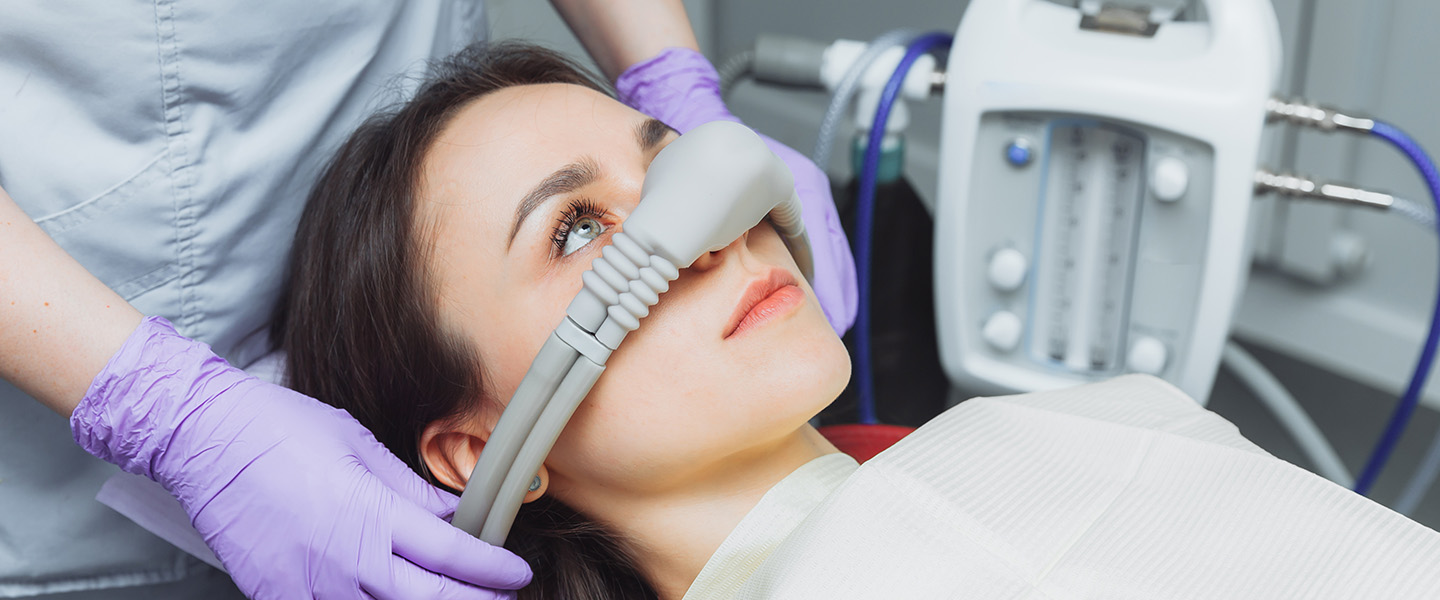Nitrous Oxide (“Laughing Gas”) May Have Rapid-Acting Anti-Suicidal Effects
Nitrous Oxide (“Laughing Gas”) May Have Rapid-Acting Anti-Suicidal Effects

Newly reported analysis of the results of three small clinical trials indicates that the gas nitrous oxide (N₂O) may have rapid-acting anti-suicidal effects.
Nitrous oxide is often called laughing gas, and has been used as an anesthetic since the 1800s. Many people are familiar with N₂O because of its use in dentistry, as a mild pain reliever and anti-anxiety agent. It has also been used in obstetrics.
In 2021, 2007 BBRF Young Investigator Charles R. Conway, M.D., along with 2016 BBRF Independent Investigator Peter Nagele, M.D. and others, reported that N₂O had been effective in reducing depression symptoms in 24 treatment-resistant patients. The antidepressant effect was rapid, in some patients apparent after 24 hours and extending a week or more.
This result delighted but did not totally surprise Dr. Conway, who directs the Resistant Mood Disorders Center and Treatment-Resistant Depression and Neurostimulation Clinic at Washington University, St. Louis, and Dr. Nagele, former Chair of Anesthesia and Critical Care at the University of Chicago. For one thing, N₂O is an anesthetic, like another rapid-acting antidepressant, ketamine, and like ketamine it appears to act in the brain to block NMDA receptors. This a class of receptors located on the surface of neurons that are activated by the excitatory neurotransmitter glutamate.
When administered for depression, ketamine, a powerful anesthetic, is given at a small fraction of its anesthetic dosage. N₂O has been given to people with treatment-resistant depression at two dosages: at concentrations of 25% and 50% (the remaining fractions being ambient air).
In their new report, first author Victoria C. de Leon, M.D., with Drs. Conway, Nagele, and colleagues, provide analysis of three small trials involving a total of 30 patients with treatment-resistant depression.
Each of the trials was double-blinded, randomized, and placebo-controlled. To qualify as treatment-resistant, participants had to have three or more non-responses to full courses of conventional antidepressant treatments over their lifetime, and one in their current depressive episode. Participants received one 60-minute inhalation session with 50% N₂O or placebo (ambient air).
For purposes of the trials, suicidal ideation (SI) was measured at 2 hours and 24 hours following the inhalation session, using a standard rating scale. A “clinically meaningful reduction” in suicidal ideation was defined by the team as at least a 2-point reduction in the score. Subjects included in the analysis, therefore, had to begin with at least a score of 2 (“wish he/she were dead or any thoughts of possible death to self”) or a 3 (“suicidal ideas or gestures”). Those rating a 1 (“feels life is not worth living”) were excluded from the analysis. Individuals with active suicidal intention or planning including suicide attempts were excluded from participating in any of the trials.
Thirteen subjects receiving N₂O and 17 in the placebo group scored 2 or above and could be included in the analysis. Results appeared in Psychiatrist.com (a publication of The Journal of Clinical Psychiatry).
No “clinically meaningful reduction” in the SI score was noted at 2 hours post-inhalation. But at 24 hours, there was “a significant change,” the team reports. Seven of the 13 who received N₂O had a meaningful reduction in suicidal ideation, compared with 2 of 17 in the placebo group. Also, the team noted, 24 hours post-inhalation, “there was a strong relationship between reduction in suicidal ideation and reduction in total depression scores” for those who had received N₂O treatments. In general, the team said, N₂O was well-tolerated, with the most common side effect (in 5% or more of participants) being nausea.
These results regarding reduction in suicidal ideation, which the team notes are similar to the results obtained when ketamine is given at subanesthetic doses to those with treatment-resistant depression, “suggest N₂O may have rapid anti-suicidal effects in depressed people.”
Further study is needed to replicate the results in larger groups, perhaps including those with active suicidal intention or planning and/or those not suffering from treatment-resistant depression. It will also be important to determine the persistence of the anti-suicidal and depression-reducing effects of N₂O; and to correlate this with trial participants’ past history of suicidal ideation.




